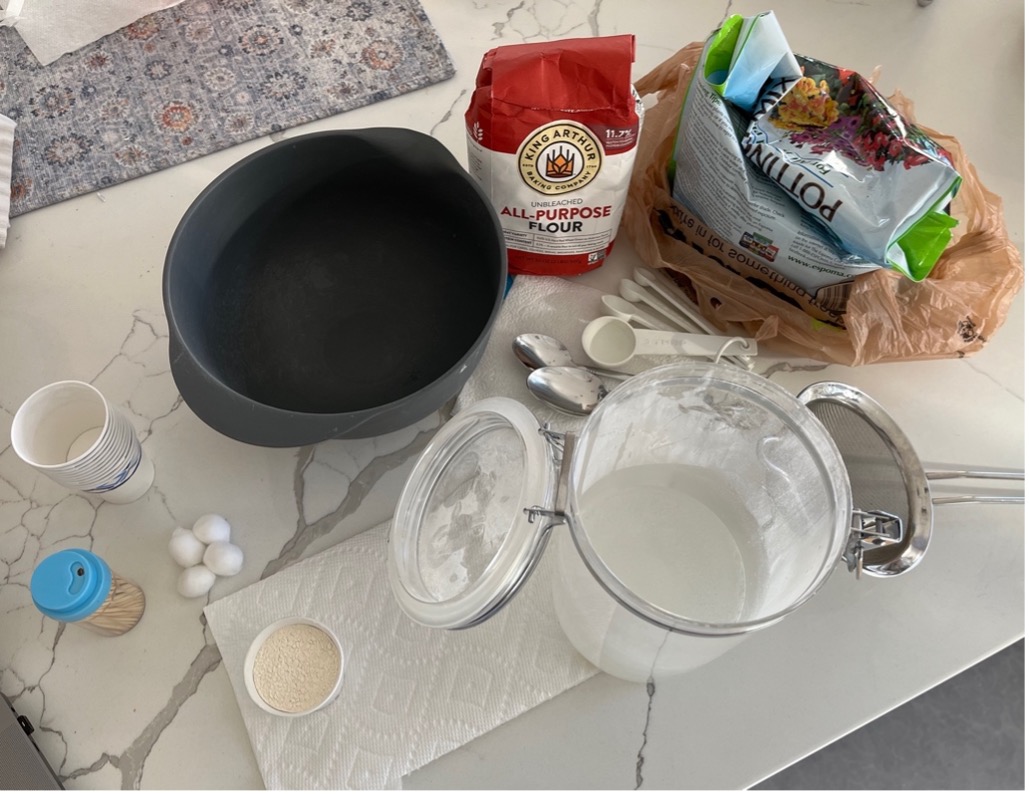Now that you have considered some of the “whys”, it is time to lay out the constraints of this engineering problem. Every engineer must learn to work within the constraints of a project or problem and find creative solutions to each unique situation. There are two major constraints for this filtration problem: materials and budget. We, the clients, only want filtration systems built out of a certain set of materials, and we cannot spend an infinite amount of money to build these systems. As a result, here are the materials you can use, and how much each of them costs. You don’t have to use every item on the list, and you can add more as long as you give them an appropriate cost.
Materials
Quantities vary based on your experiment so consider these to be example amounts. Not all of these materials will be used depending on how you design your experiment.
Supporting Items: (Use as needed)
- Measuring cups and measuring spoons
- 3-5 clear plastic or paper cups ($1.00 each)
- 3-5 straws ($0.50 each)
- 1-2 square feet of cardboard
- 1 foot of plastic wrap ($4.00 per foot)
- 1 foot aluminum foil ($2.00 per foot)
- 3-5 rubber bands ($0.50 each)
- 6-12 toothpicks ($0.01 each)
Filtration mediums: (Pick 1-2)
- 5-15 cotton balls ($1.00 each)
- 3-5 paper towel sheets ($0.25 per sheet)
- 1-2 cups of sand ($1.00 per cup)
- 1-2 cups of aquarium rocks, small rocks, wood chips, or gravel ($2.00 per cup)
- 1 cup of activated charcoal (not recommended for younger students) ($5.00 per cup)
Materials to filter: (Pick 1-2)
- 1 cup of flour ($0.25 per cup)
- 1 cup of coffee grinds ($1.00 per cup)
- 1 cup of dirt
- 1 cup of cornmeal ($0.50 per cup)











